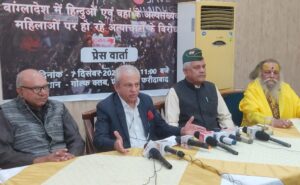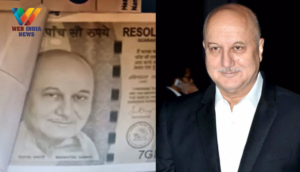A Pinch of Plastic with Every Grain: Microplastics Contaminate All Indian Salt and Sugar
A groundbreaking study conducted by the environmental research organization Toxics Link has unveiled a startling truth: every single Indian salt and sugar brand, regardless of packaging, is contaminated with microplastics. These minuscule plastic particles, ranging from 1 to 5,000 micrometers, are ubiquitous in our environment and pose a serious threat to both human health and ecosystems.
Microplastics, composed of various synthetic polymers, infiltrate the human body through ingestion, inhalation, and skin contact. Their pervasive nature enables them to accumulate within the food chain, eventually reaching our plates. The Toxics Link study pinpoints salt as the primary source of microplastic ingestion, followed closely by fruits and vegetables.
To arrive at these alarming findings, researchers meticulously analyzed ten distinct salt varieties, encompassing table salt, rock salt, sea salt, and local raw salt. Additionally, five sugar samples were procured from both online and physical markets for examination. A shocking revelation emerged: the highest concentration of microplastics was detected in a branded, iodized, packaged salt sample. The microplastics identified in both salt and sugar samples displayed a diverse range of colors, sizes, and shapes, including fibers, pellets, films, and fragments.
The study’s results highlight a stark contrast between organic and conventional products. While organic rock salt exhibited the lowest microplastic content, packaged iodized salt proved to be the most contaminated. Similarly, organic sugar contained significantly fewer microplastics compared to its non-organic counterpart. The sources of microplastic contamination in salt are multifaceted, encompassing plastic waste, clothing fibers, and microbeads from personal care products. Conversely, sugar contamination primarily originates from the sugar production process itself, as well as agricultural and industrial activities.
These findings underscore the urgent need for comprehensive measures to address the pervasive issue of microplastic pollution. It is imperative to conduct thorough investigations into the sources of contamination, implement stringent regulations governing plastic production and disposal, and develop innovative strategies for microplastic removal. Safeguarding public health and preserving our environment demands immediate and decisive action to combat this invisible threat.

‘Hindu organizations’ to protest against atrocities on Hindus in Bangladesh on December 10
Faridabad: On the call of Rashtra Raksha Manch, thousands of representatives of Hindu organizations will express their anger on 10th December against atrocities on Hindus

Bullion Trader Duped of Rs 1.6 Crore with Photo of Anupam Kher on Fake Currency
A bullion trader in Gujarat was defrauded of Rs 1.6 crore, according to the city police on Sunday. The incident came to light when the

Gujarat’s Rhea Singha Wins Miss Universe India 2024
Web India News Rhea Singha from Gujarat has been crowned Miss Universe India 2024. The 19-year-old beauty queen will now represent India at the prestigious
Share via:



